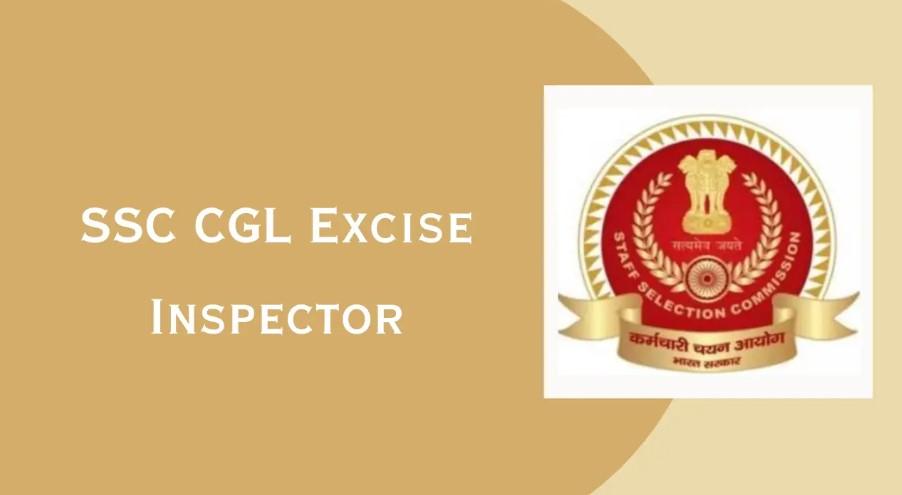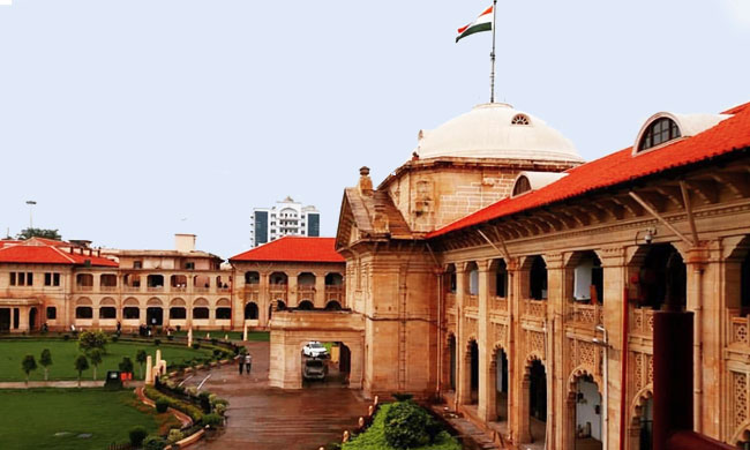
Cost of moulds – Revenue or capital expenditure – Mere fact that the moulds were used in production process could not be conclusive on the issue of nature of expenditure as held by this Court in Malhotra Industrial Corporation’s case – Replacement of moulds to be held as revenue in nature.
| No. – 228, 227of 2007, 154, 173 of 2008 |
| Dated – December 8, 2010 |
MR.JUSTICE ADARSH KUMAR GOEL, MR.JUSTICE AJAY KUMAR MITTAL, JJ. Mr. Denesh Goel, Advocate for the appellant. This order will dispose of ITA Nos.227, 228 of 2007, 154 and 173 of 2008 as common questions of law are involved therein. Income Tax Appeal No.228 of 2007 was admitted to consider the following substantial questions of law:- “1. Whether on the facts and circumstances of the case, the Income Tax Appellate Tribunal was right in treating the expenditure incurred on account of repair and maintenance expenses on furnace as revenue expenditure instead of capital expenditure? 2. Whether on the facts and circumstances of the case, the Income Tax Appellate Tribunal was right in treating the cost of moulds as revenue expenditure instead of capital expenditure?” 
“6. We have considered the rival submissions. We have perused the orders of the lower authorities and also the written submissions made by the assessee before the first appellate authority. We find that the assessee owns two furnaces namely M/s Magathermic make 3 MT capacity furnace and GEC 3.5 MT capacity furnace. The GEC furnace was extensively damaged in a fire which broke out in the factory of the assessee on 11.6.99. The assessee carried out repairs by way of replacement of a transformer and the panel static inverter generator pertaining to the furnace which was damaged. The cost of the transformer and the panel static inverter generator was claimed as revenue expenditure. In this background the CIT(A) has concluded that the expenditure has not resulted either in enhancement of the capacity of the furnace nor any new asset has come into existence. The effect of the repairs carried out by the assessee has been only to restore the machinery to its original condition. These factual findings have not been controverted by the department before us on the basis of any cogent material or evidence. In the absence of any material to infer to the contrary we do not find ourselves in a position to interfere with the conclusion drawn by the CIT(A). The expenditure has been rightly held to be revenue expenditure. 7. In so far as the reliance placed by the revenue on the decision of the Apex Court in the case Ballimal Naval Kishore & sons (supra) is concerned, we find that the same does not help the case of the revenue. The judgment of the Apex Court was rendered in the context of expenditures incurred on repairs of the cinema theater which entailed acquisition of new machinery, new furniture, new sanitary fittings and new electrical wirings besides extensive repairs to the structure of the existing building. It was under such circumstances that expenditure incurred was held by the Apex Court to be capital in nature. In the instant case, the facts and material on record, do not establish that the assessee has set up a new furnace unit or that a new asset with an enhanced capacity has been created on account of the impugned expenditure. Therefore, the reasoning enunciated in the case of Ballimal Naval Kishore & sons (supra) by the Apex Court is not attracted to the facts of the instance case. As a result we hereby affirm the conclusion drawn by the CIT(A) on this issue. The revenue accordingly fails on this count.” As regards question no.2, the assessing officer disallowed deductions claimed by the assessee on expenditure incurred on moulds used in manufacturing process. The assessing officer held the said expenditure to be capital expenditure entitling the assessee only to depreciation instead of entire deduction. The CIT(A) reversed the view of the assessing officer and held the expenditure in question to be revenue expenditure which has been affirmed by the Tribunal in the following terms:- “We have considered the rival submissions. Having regard to the products manufactured by the assessee namely steel and iron ingots, runners and risers, it is maintaining electric furnaces, in whose running the moulds are utilized. It is clear that the moulds are used in the production process carried out by the assessee. The position of the moulds in the industry of the assessee, in our view, is akin to that in a steel rolling mill. The moulds are used in an electric furnace which is run at a very high degree of temperature. In a case relating to the steel rolling mill, where also the moulds are used for manufacturing process, the Hon’ble jurisdictional High Court in the case of M/s Malhotra Industrial Corpn. Reported in 254 ITR 635 (P&H) held that the cost incurred for frequent replacement of rolls which a revenue expenditure as it did not result in creation of any capital asset or a benefit of enduring nature. Drawing similar analogy to the instant case where the moulds are used in the production process of the assessee, an as contended by the assessee, the life of the moulds is short requiring frequent replacements, such an expenditure, in our view, only seeks to facilitate the main production process carried out by the assessee and in no way can be construed as creating a new asset in the hands of the assessee. The expenditure thus has been rightly considered to be in nature of ‘revenue expenditure’ by the CIT(A). 
We have heard learned counsel for the parties. Learned counsel for the revenue submits that expenditure on repairs was in a way investment in machinery being total replacement of the damaged furnace and in such a situation the assessing officer was fully justified in holding the same to be capital expenditure following the law laid down in Ballimal Naval Kishore’s case (supra). He further submits that replacement of moulds was also capital expenditure as moulds were part of machinery used in production process. Whether the expenditure in question is capital or revenue expenditure has to be determined in the facts and circumstances of individual case. Tests of expenditure being of enduring nature or for acquiring new assets are broad tests, though not conclusive for all situations. Reference may be made to Assam Bengal Cement Co. Ltd. Vs. CIT 271 ITR 34, CIT Vs. Madras Auto Service (P) Ltd. 233 ITR 468 apart from Ballimal Naval Kishore’s case. . Interference by this Court is permissible only if the view taken by the Tribunal suffers from perversity. In the present case, having regard to the concurrent finding recorded by the CIT(A) and the Tribunal, it is clear that expenditure was on repairs of damaged furnace and not for replacement or restoration thereof. In Ballimal Naval Kishore’s case in the facts and circumstances of that case, the finding recorded by the High Court was upheld. The assessee was running a ginning factory which was converted into a cinema theatre by making huge investment in the process of conversion. The said investment was held to be out side the purview of the current repairs. The said judgment being on a different fact situation is distinguishable. Accordingly, question no.1 is answered against the revenue and in favour of the assessee. 
|
Related Tags Judgements













